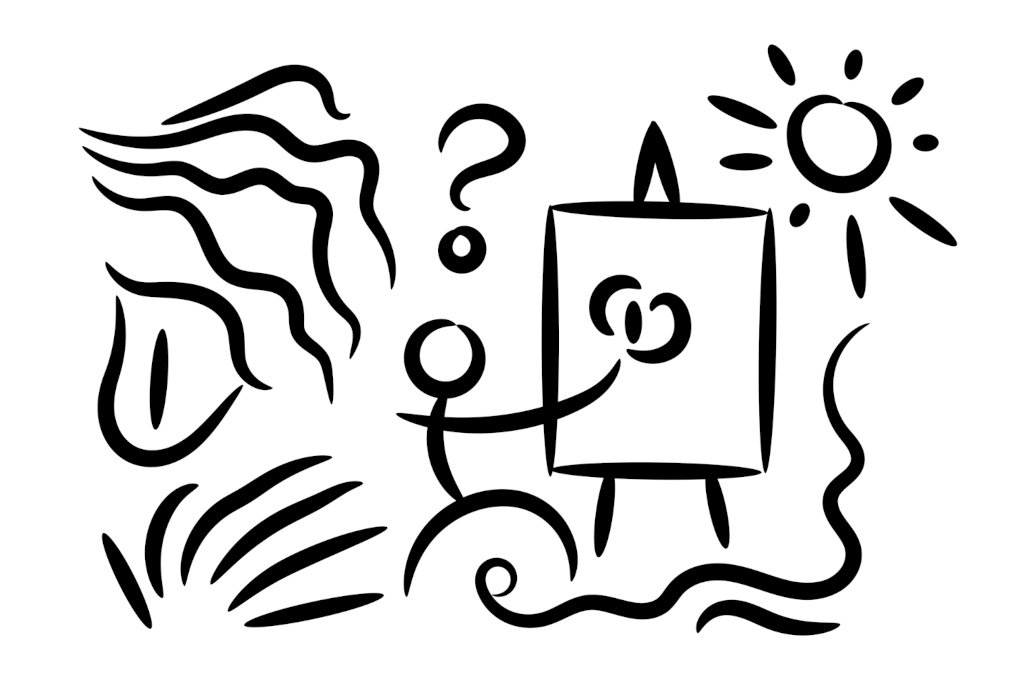Creative schizophrenia

Schizophrenia is the disease of mirrored patterns. If you're out of context here, please read about this project first, particularly about the theoretically possible diseases.
For most practical applications, it will be convenient to split the pairs of mirrored patterns of behavior into four clusters: "traumatized" (1+9) and (7+15), "paranoid" (2+10) and (8+16), "creative" (3+11) and (6+14), "destructive" (4+12) and (5+13).
It is important to notice that these four clusters are not the types of schizophrenia. There is only one disease. The broken switch. One. This division is just a way to highlight the most distinct versions of observable behavior. To see the extremes. It helps to work with the patterns. Nothing more.
The reason I decided to talk about these clusters now, and to not wait for the second part of the project to be finished, is because the creative cluster starts to look like a safe place to be. According to the data I have now, the patterns here don't include anything that can theoretically lead to the positive symptoms of schizophrenia. They're concentrated around the traumatized and paranoid clusters. And you don't want to go down that road, trust me. Also, there is no basis for the dangerous antisocial behavior in the creative cluster.
Some researchers suggest that art therapy helps to deal with the symptoms of schizophrenia. Further investigations are required, but so far it looks like that kind of therapy pushes the patients exactly into this cluster of patterns. They just do it intuitively, without the system we have.
In some circumstances this creative behavior can be classified not even as schizophrenia, but as the schizotypal personality disorder, or some other "not as serious" disease, to reduce the stigma around the patients. This messes up the data in the field. It may look like there are several diseases here. But no. It's the same core problem. Just the different pairs of patterns.
We can try to build the roadmaps for cognitive behavioral therapy around this information. By pushing the patients to the creative cluster, we can help them avoid some troubles that disease prepared for them in other clusters. And then we can use the standard technique, blocking half of the table, that I described in the main theory, to get some energy back. This two-step therapy is not a cure. It can't be. But it looks like a promising direction to look at, if we want to help the patients feel better.